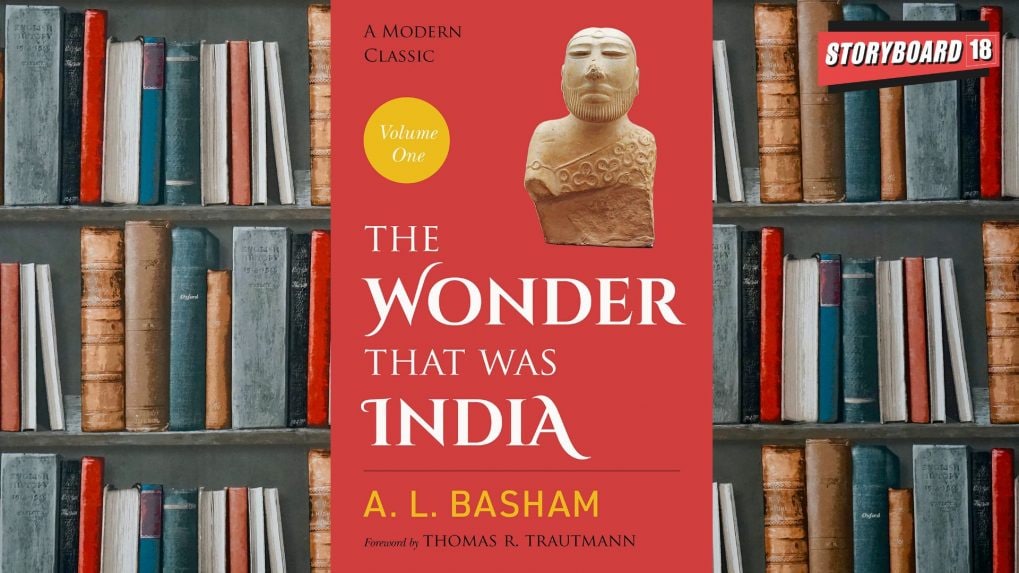Digital
Why OpenAI is hiring 100 ex-bankers: Inside the ChatGPT-maker's secret project to automate Wall Street's grunt work

I often find myself flipping between William Dalrymple’s ‘Golden Road’ and A.L. Basham’s “The Wonder That Was India.” Both works of great authority and insight. We have covered Dalrymple’s book in our Republic Day column on five books to know India better. This book would be the 6th one! Let’s take a look at Basham’s exhaustive study of the culture, society, and philosophy of ancient India.
Here are our five #BookStrapping insights into the contents of the book.
1. Focus on extant literature: Basham digs into the probable timelines of India’s epics. For those who believe that the Mahabharata and the Ramayana are stories, Basham’s view that the Mahabharata War took place in 9th century BC is specific and impactful. After this, as the Aryans migrated eastwards, they set up kingdoms in Kosala, which is where Rama, the protagonist Lord of the Ramayana was King. Interestingly, not much of the literature of that period refers to Rama at all.
The Janaka king of Videha, seems to have been a more popular figure at the time. Regardless, Basham observes that the foundational values and perennial wisdom of texts like the Bhagavad Gita, Vedas and the Upanishads continue to inspire both thought and action in contemporary society despite external influence—whether from invaders or colonial powers! This demonstrates a strength of identity, according to him.
2. Synthesis of cultures: There is a map of 11th century India, which shows that India was ruled predominantly by Hindu kings at the time viz. Kakatiyas, Paramaras, Kacchapaghatas etc. Basham goes on to explain that subsequently, we were able to absorb and synthesize external influences. Whether through the assimilation of the Aryans earlier, or with the Mughal and British rule later, despite lack of ‘fertilisation’, a pluralistic social structure was formed over time.
3. Embracing varied ideologies: The original motive of Indian asceticism was the acquisition of magical power. This asceticism was inspired by a desire for knowledge. Knowledge that some felt, felt the Vedas could not give. What emerged was a bewildering array of theories about the origin of the universe. Many of these survived, as did many religions of very different ideologies. Basham also pays close attention to the evolution of India’s social systems, such as caste and family structures and offers a progressive account.
4. India's Intellectual Leadership: The book’s survey of Indian achievements in science, mathematics, art, and literature underscores India’s historic reputation for creativity and inquiry. Basham refers to the basic textbooks of Indian medicine, the compendia of Caraka and Susruta and says that they were fully evolved, resembling Hippocrates and Galen in some respects. Thus, he positions Indian genius, from Sanskrit poetry to advances in astronomy, as its wellspring for the future.
5. Revival of its past: Basham acknowledges that after a long gap, the 18th century saw the revival of Hinduism again. However, only by the end of the 19th century, did this ideology gain voice- that a slavish imitation of the West would not solve India’s problems. And oddly enough, it was the Tolstoy and Western influenced Mahatma Gandhi and his followers that gave a new orientation and new life to Hindu culture, away from caste and class to a more equalitarian social order.
Basham writes with great depth and authority. The compelling message of the book is that India has long contributed to global civilization, not as an imitator, but as an originator and influencer. This seems to echo with what much of India believes today.
Read More: Why fulfillment, not fame, is the ultimate victory: Jim Murphy on the heart of high performance
In a wide-ranging interview with Storyboard18, Sorrell delivers his frankest assessment yet of how the deal will redefine creativity, media, and talent across markets.